The Town of Banff is located in Canada’s oldest, and arguably most beloved National Park, and it’s considering some pretty big changes to the townsite in the form of an Area Redevelopment Plan (ARP). The new ARP — called the Banff Railway Lands Area Redevelopment Plan (BRARP) — features a not insignificant 17.4 hectares of redevelopment in the “Railway Lands” site, which contains the historic Banff train station and associated grounds.
While there are many facets to the proposal, which can be read in full on the Town of Banff’s website, there are a number which are of particular concern to us, including:
- A commercial gondola terminal (for Mount Norquay) and parking lot, in spite of the fact that Parks Canada has already publicly rejected a gondola as non-conforming with existing parks management plans and policies to protect the sensitive environment.
- A terminal for a privately-run passenger rail line from Calgary to Banff, the details of which have not been released in terms of affordability of service, climate impacts, or wildlife mitigation, but which is requesting significant public dollars to fund.
- An additional 410-stall paved parking lot north of the tracks, within a wildlife corridor that Parks Canada has spent millions of dollars to restore.
Importantly, the BRARP is situated within the Montane subregion, which comprises less than four percent of Banff National Park’s total area. The Plan would disrupt this unique forested valley bottom habitat on river floodplains. This habitat supports various species including ungulates, carnivores, small mammals, amphibians, reptiles, and birds.
Elements of the Plan also overlap with the Fenland Indian Grounds Wildlife Corridor and vital habitat surrounding Whiskey Creek. This Corridor includes riparian and aquatic habitat and supports wildlife movement, nesting birds, breeding amphibians, and aquatic species. Whiskey Creek and Forty Mile Creek are designated as Critical Habitat for Bull Trout and Westslope Cutthroat Trout under the Species at Risk Act and Alberta’s Wildlife Act. Under the Species At Risk Act, it is illegal to destroy Critical Habitat. Any development must thefore pay considerable attention to the impact it would have on this federally protected habitat.
Taken together, we firmly believe that the risks presented by the BRARP — at least in its current iteration — threaten both the biodiversity and ecological connectivity within the Bow Valley and the wider Yellowstone to Yukon Corridor of which it is a critical component.
Moreover, Canada’s National Parks Act and the Banff National Park Management Plan explicitly outline that ecological integrity must be prioritized in the Park. While the BRARP purports to provide significant benefits to the public and the environment, there is little to no evidence that this Plan could achieve notable benefits beyond profitability for the ARP’s proponent.
While a BRARP could present the opportunity to enhance sustainable public transportation, this version fails to present a strategic, comprehensive approach at the same time that it features problematic privatization, commercialization, and ecological harm. Allowing the current Plan to move forward would portend tremendous uncertainty for the future of the very ecosystems and wildlife that attract residents and visitors to Banff National Park.
If you live, work, play or otherwise care about the future of the Town of Banff and the National Park, we strongly encourage you to submit comments or register to speak at the upcoming public hearing at 10AM on Wednesday, March 20 at the Town of Banff.
If you want to submit a comment online or request to speak, you can do so through the Town of Banff’s online form or send an email to Municipal.Clerk@banff.ca. The agenda item to reference is “Public Hearing for Proposed Bylaw 479, Banff Railway Lands Area Redevelopment Plan,” and more information can be found here.
More News

All-Seasons Resort Policy Released

Critical Habitat and Industry Lobbying Part 4: How DFO Allows Critical Habitat Destruction


